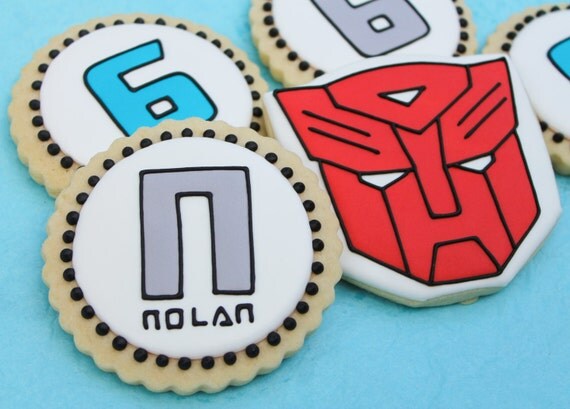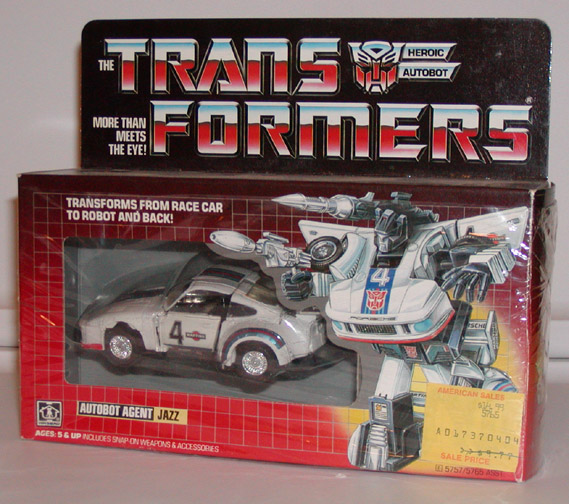

Many of the 1984 toys included the pack-in brochure Reinforcements from Cybertron! Autobots Īlthough the official catalogs and the box artwork depict Bumblebee in yellow and Cliffjumper in red, both toys were actually available in both colors. Later years would not do much to mitigate this issue.

The combination of heavy die-cast and the brittle plastics of the time also made many of the toys fragile toys such as Prowl and Mirage are infamous for winding up broken.ĭue to products coming from different pre-existing product lines, the 1984 toys were highly inconsistent in terms of relative scale. The Decepticon jets couldn't do anything but raise their arms forward. The early toys were also marked by a lack of posability - not a single one of the Autobot cars had knee joints, and most had feet that were fused together. The early G1 toys were largely marked by attention to vehicle mode detail, rubber tires, the frequent use of die-cast metal (particularly on larger toys), and a variety of loose parts which had to be kept track of and attached separately. A wide range of sizes and price points, from $3 Mini-Vehicles up to larger toys costing $20 or more, ensured that every kid could pick up at least a few Transformers, and still have a few left for the Christmas wishlist - a marketing strategy that continues up to the present day. The first two years of Transformers product in America mostly consisted of toys from the two Takara lines. Prowl was redecorated to make two other characters as well, which was. In today's secondary market, he's usually found with his roof broken off. Prowl, one of the 1984 line's more iconic toys. * Fight! Super Robot Lifeform Transformers and its successor franchises * The Transformers (toyline)/Europe * The Transformers (toyline)/China
COOKIE CRISP JAZZ TRANSFORMER FULL
The line changed direction and focus so many times that a year-by-year breakdown is the only way to get the full picture. The line began with toys already designed by Takara and other companies, and over time expanded into numerous original designs and concepts through its seven-year run.

In the early years of the line, a red plastic "tech spec decoder" and various mail-away offers were included as well.
COOKIE CRISP JAZZ TRANSFORMER HOW TO
In addition to the toy and its weapons and accessories, Generation One toys typically included a sticker sheet, instructions showing how to transform the toy and apply the stickers, and a toy catalog flyer showing the entire year's toy line. Other "premiums" which didn't survive the 1980s included robot points and various mail order exclusives. Most prominent among these were package art showing the character's robot form, tech specs rating the character's abilities, bios giving a personality profile of the character represented by the toy, and (in the Japanese toylines) ID numbers for each figure to identify them. The Generation One line introduced a number of concepts which would stay with subsequent iterations of the brand. The changing circumstances of retail have made this a thing of the past toy lines now require yearly rebranding. Toys tended to linger longer in the line a few (Starscream, Bumblebee) were even sold for three years in a row. In contrast to today's franchises, which tend by design to run 12 to 18 months, Generation One was essentially an unbroken line from 1984 to 1991 its logo and packaging format only underwent one major change in that time. After an idea to rebrand and sell Takara's Diaclone and Microchange robot toys as a whole new line with a new concept behind it, Hasbro unknowingly would wind up creating what would be one of its longest running franchises. The Transformers (retroactively called Generation One or G1) started as a joint venture between two companies: Hasbro of America and Takara of Japan.


 0 kommentar(er)
0 kommentar(er)
